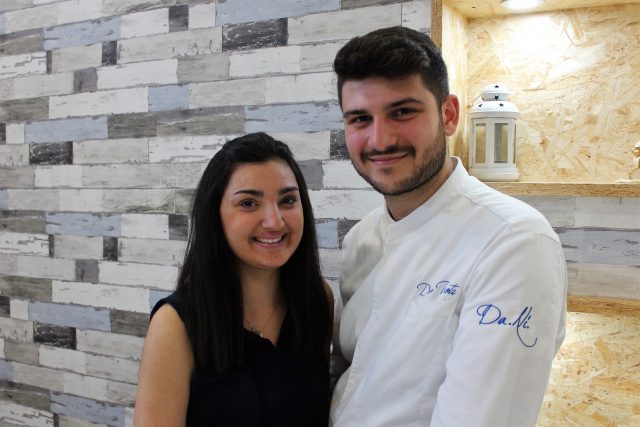New traditions
Were we to take this literally, nothing in the world of wine or food could be considered ‘traditional’. Prime ingredients change, transformation methods change and people’s tastes change.
Maybe it’s because of these hot Roman summer days, or perhaps the fact that I’m currently mostly involved in writing wine reviews for our next Ultimate Guide. Whatever it may be, when I stop to think about topics that are more central to our world of wine and food I get this desire to know more and to ask questions. Thinking out loud or, in this case, doodling with my keyboard, I have come up with a few considerations on the tradition-modernity dualism that sometimes makes us a fan of one or the other camp. The first thing one must determine is what in reality tradition is. From an etymologic point of view the word derives from ‘transport’, which in this case means that something is transported through time more or less the way it was from the beginning. Were we to take this literally, nothing in the world of wine or food could be considered ‘traditional’. Prime ingredients change, transformation methods change and people’s tastes change. In regard to wine, at least in Italy, the practice of bottling wine is relatively quite recent. Up to just over a half century ago, in fact, wine was for the most part consumed locally and sold unbottled. And almost all the iconic wines we know today were born after the Second World War. Sassicaia made its debut in 1968, Tignanello in 1970, Barbaresco Santo Stefano Giacosa and Gaja’s Sori more or less at the same time and all the Amarone in the early 1950s.
In 1961, just to make a point, there were only five or six producers of Brunello. What’s more, many of the wines that we consider ‘traditional’ today were considered innovative or even revolutionary when they came out. Some examples? Le Pergole Torte of Sergio Manetti, the Chianti Classico of Fabrizio Bianchi at Monsanto, Marco de Bartoli’s Vecchio Samperi, Bricco dell’Uccellone of Giacomo Bologna and Nino Pieropan’s Soave Classico. All these wine were considered “heresies” when they were born, an affront to consolidated or ‘traditional’ winemaking practices. However, these wines allowed consumers, who were younger and more open to innovation, to rediscover certain territorial characteristics. Veronelli was a mentor and propagator for this new wave of wines and helped the world of wine gain media attention. At the time, in the mid-1970s, chefs emerged like Gualtiero Marchesi, Angelo Paracucchi and Ezio Santin who gave a new life to ‘traditional’ cuisine with dishes that today represent the current state of Italian cuisine. For me, Risotto all Milanese with a gold leaf or “cuttlefish in its own ink” are the gastronomic equivalent of Marylin Monroe or Andy Warhol. All these people and products have given birth to a kind of ‘modern traditional’ which is not ‘traditional’ in the literal sense but in reality is becoming ‘traditional’.
And this because there is no such thing as a definitive or single ‘tradition’ because every era, every historic movement has its traditions that become cultural reference points if not an historic ones. For those involved in the world of art or music this is obvious, almost banal. When people divide into opposing camps when dealing wine and food traditions, the desire arises to tell them that it is all a matter of interpretation. Then again, maybe it is just these hot roman night that make me think this way.

 Italiano
Italiano








